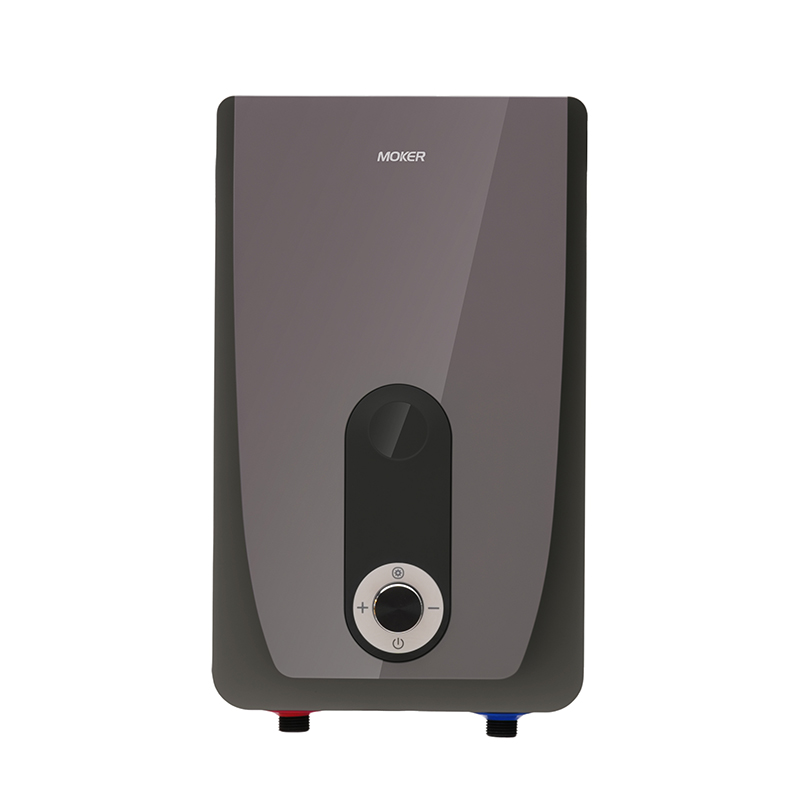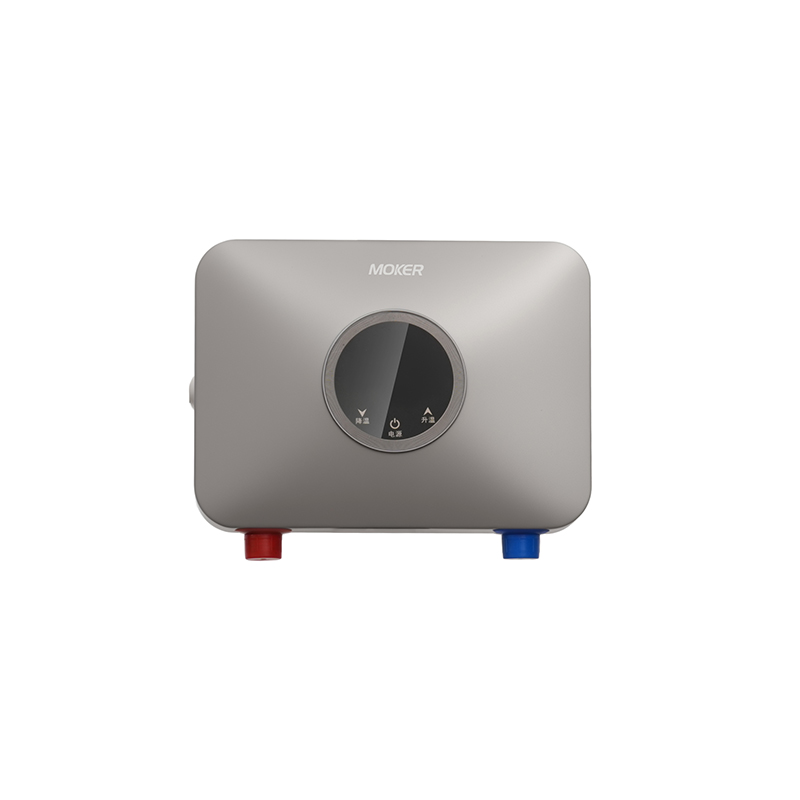Environmental Performance of Different Water Heaters
Environmental performance is increasingly important in water heater selection, as energy use and emissions impact carbon footprints. Electric water heater, Tankless Water Heater, Instant water heater, electric tankless water heater, and instantaneous water heater electric each have distinct environmental impacts based on energy sources and efficiency.
Electric water heater’s environmental performance depends heavily on electricity sources. When powered by renewable energy (solar, wind), Electric water heater produces near-zero carbon emissions during operation. Even with grid electricity, modern Electric water heater with high Energy Factor (EF) ratings (0.90+) minimizes energy waste compared to older models. Electric water heater avoids direct greenhouse gas emissions, making Electric water heater preferable in regions with low-carbon electricity grids. However, Electric water heater’s storage tank requires more energy for standby heat retention than tankless alternatives in some cases.
Tankless Water Heater offers strong environmental benefits through energy efficiency. Gas-powered Tankless Water Heater emits less CO₂ than traditional gas storage water heater due to reduced standby loss, with high-efficiency models achieving 90%+ thermal efficiency. Electric Tankless Water Heater, when paired with clean electricity, operates with minimal environmental impact. The on-demand design of Tankless Water Heater means Tankless Water Heater only uses energy when hot water is needed, reducing overall consumption by 20–30% compared to standard Electric water heater in moderate-use households.
Instant water heater balances small-scale use with environmental efficiency. Instant water heater’s compact size reduces material usage during manufacturing compared to larger water heater types. With no storage tank, Instant water heater eliminates standby energy loss entirely, using power only during active heating. This makes Instant water heater highly efficient for occasional use, though its high-power heating elements can draw significant electricity during operation. Instant water heater’s lower water volume heating also reduces overall hot water consumption in households with mindful usage.
Electric tankless water heater combines electric efficiency with tankless benefits for better environmental performance. electric tankless water heater avoids gas combustion emissions entirely, relying on electricity that can be sourced from renewables. The precise modulation of electric tankless water heater’s heating elements minimizes energy waste, as electric tankless water heater adjusts power output to match exact hot water needs. electric tankless water heater’s longer lifespan (12–18 years) reduces replacement frequency and associated manufacturing emissions compared to shorter-lived water heater options.
Instantaneous water heater electric offers localized environmental benefits for small tasks. instantaneous water heater electric’s low water volume heating reduces hot water waste, as users don’t need to run faucets waiting for hot water from distant storage tanks. With minimal energy requirements (0.5–2 kW), instantaneous water heater electric uses less power per use than heating larger water volumes in a distant Electric water heater. The compact design of instantaneous water heater electric also reduces transportation emissions during distribution compared to bulkier water heater models.
Environmental performance varies by energy source and usage patterns. Electric water heater and electric tankless water heater excel in regions with clean electricity, while Tankless Water Heater offers efficiency in gas-reliant areas. Instant water heater and instantaneous water heater electric provide targeted efficiency for small-scale needs. Choosing the right water heater based on local energy grids and usage habits maximizes environmental benefits while meeting hot water demands.





